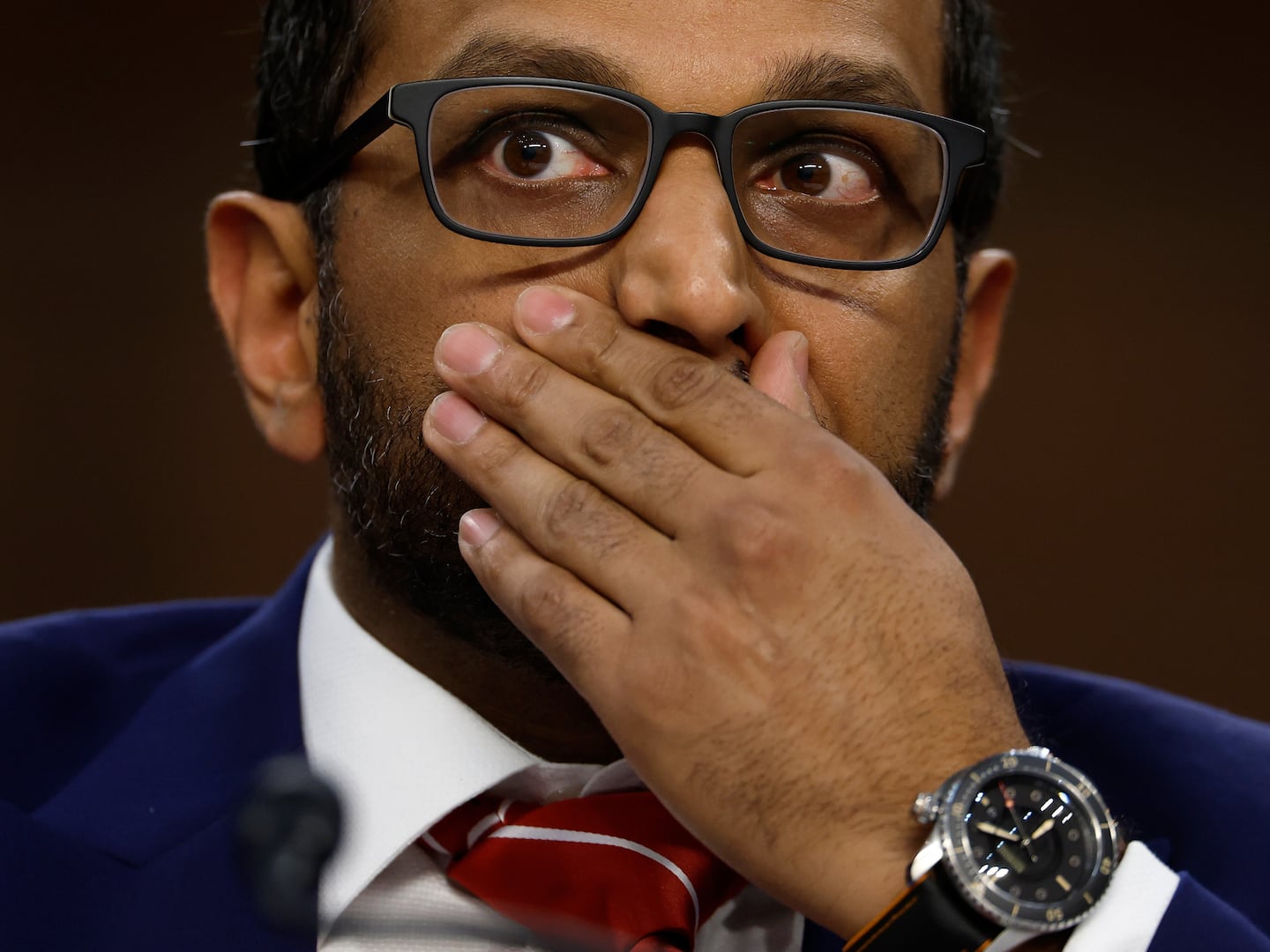As the number of coronavirus deaths across the U.S. passed 40,000, there were emerging signs of hope: hospitalization rates were decreasing, daily death tolls were beginning to flatten, and transmission rates were seeming to slow.
But as mayors and governors, with the president’s blusterous urging, begin easing restrictions and other emergency public health measures—sending Floridians back to packed beaches this weekend, for instance—we still need a better understanding of the true number of COVID-19 deaths. Not just because having a transparent and accurate death count is critical (it is), but because it can illuminate unknown hot spots and provide critical insight into the real scope of this pandemic—and how to avoid new disaster amid the urge to resume normal life.
It’s not exactly breaking news that the United States has underreported COVID-19 deaths, especially early on in the pandemic. First, the delayed response to the virus, and the botched rollout of testing kits, means that many deaths occurring in late January, February, and even March may have been misidentified as pneumonia or influenza. Particularly in rural areas, where testing capacity is limited or unavailable, it’s possible that coronavirus cases—and deaths—are still misrepresented as more common diseases.
Less obvious, but just as important, is that as hospitals are stretched to cope with the onset of COVID-19, the quality of care received by all patients is diminished, raising the prospect of a significant secondary body count. Patients with chronic medical conditions, such as heart disease, diabetes, or kidney disease, are at much greater risk if routine medical assessments are not possible. Although it is probably correct to discourage people from visiting their health-care providers unless absolutely necessary at the height of a pandemic, the long-term consequences of diminished preventive health care and routine check-ups could contribute to unexpectedly high rates of mortality.
Meanwhile, despite moves to ease statewide lockdowns, widespread testing remains unavailable to the majority of Americans. In other words, thousands of probable cases are not accurately reflected in ongoing virus mapping efforts. One way to assess this gap is to compare daily local death to rates at a city or state level to average daily death rates before COVID-19 appeared. A recent report found that over 200 New York City residents were dying each day at home—an increase from 20 or 25 before the coronavirus appeared. Officials there reversed their policy of not counting “probable” COVID-19 deaths, and after the reporting switch, the number of deaths soared by over 3,700.
Inconsistent reporting mechanisms are a nationwide problem, including in some of the states facing pressure to end their lockdowns early. In Michigan, which has had the highest fatality rate in the U.S., deaths are only counted if they are reported by health care providers, medical examiners, and recorded by local health departments on a county level as COVID-19. In Georgia, cases—and deaths—are only recorded by the state health department if the person has tested positive for the virus. That means that the state’s 687 deaths (as of Sunday afternoon) are likely not accounting for additional deaths that weren’t officially confirmed as coronavirus cases. In Florida, which has among the lowest reported death rates for COVID-19, it’s also likely that officials aren’t counting probable coronavirus deaths. The state’s spike in pneumonia and influenza deaths last month seems to suggest deaths are similarly being vastly underreported.
While the CDC recently issued new guidance for how to certify COVID-19 deaths, such advice is likely being observed differently. The new guidelines state that deaths are only to be counted as coronavirus-related if the patient tested positive or “if the circumstances are compelling within a reasonable degree of certainty”—a subjective metric that relies on officials to “use their best clinical judgement.”
When will we know when the COVID-19 death count accurately reflects reality? It could be months or even years. In the immediate wake of Hurricane Maria, President Trump praised the U.S. response and the (relatively) low death count of just 64 people. Yet revised estimates later showed that the actual death count attributed to the natural hazard and its secondary effects was nearly 3,000 people.
The implications of such underreporting are massive. The president has consistently misrepresented the threat posed by virus, and deflected criticism depicting his administration’s response as anything less than perfect. Talk of flattened curves is already being used to justify an early end to emergency policies designed to limit the spread of the deadly disease. It would be only the latest in a pattern of shirking responsibility for the crisis. Just last week, President Trump announced a freeze in funding to the World Health Organization, claiming that the global coordinative body misrepresented the threat posed by COVID-19 and was too trusting of China, which revised its own suspiciously low death count upward in recent days.
But you don’t need a Communist regime to deflate terrifying death totals from an historic pandemic. Overburdened health officials—and an administration desperate to put a health crisis partially of its own making behind it—can do that, too.
With so much data and statistical modeling updated daily, it’s hard to keep predictions and reality clear. But one thing is certain: months into this crisis, much remains that we don’t yet know about just how deadly the virus is. The scale of the death toll is still coming into focus, and any governor easing restrictions or inviting people to resume their normal lives should have to answer a simple question.
How confident are they in their state’s tally of lives lost?








